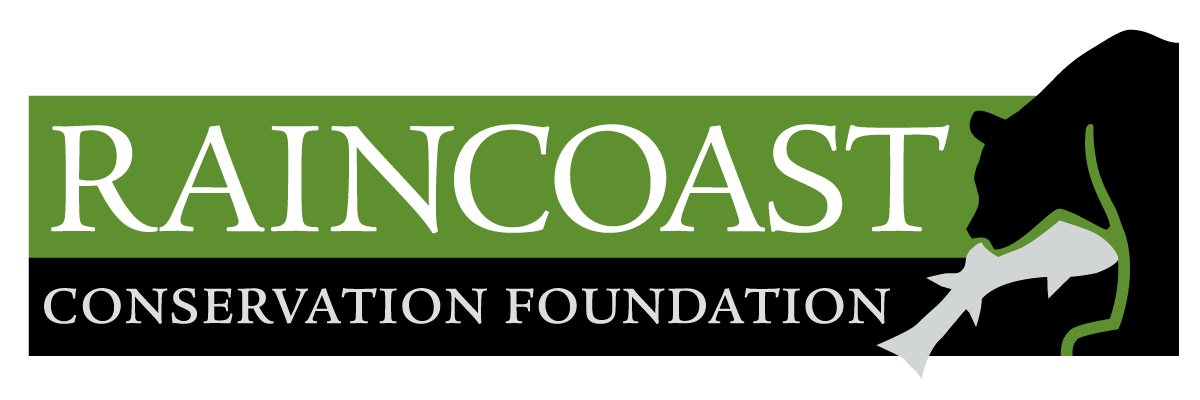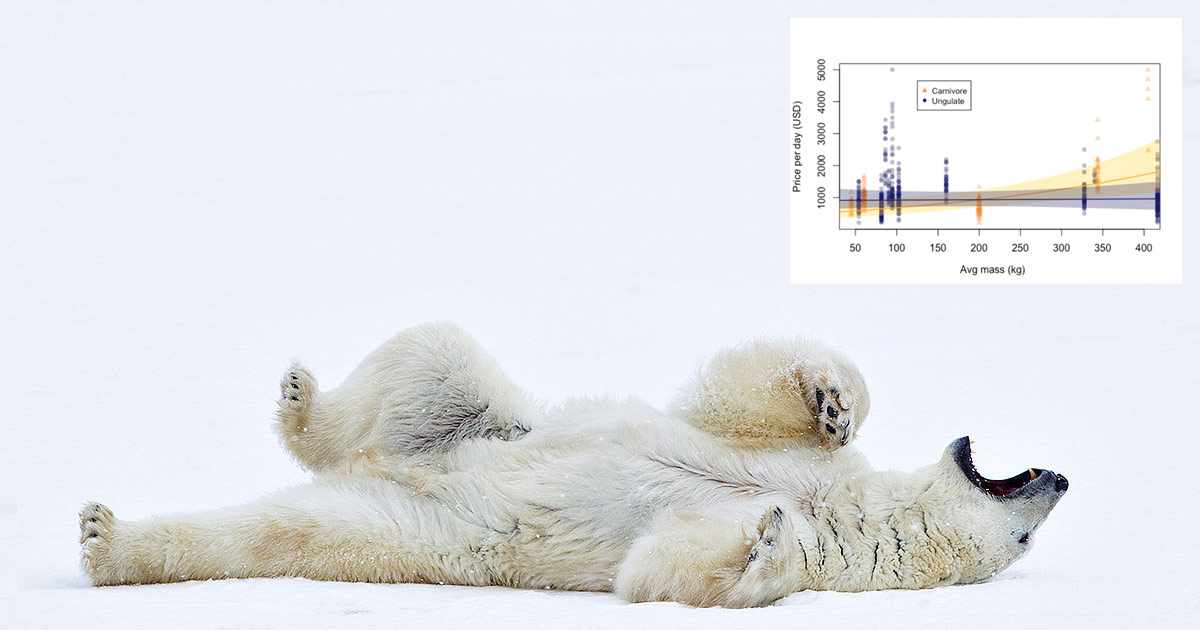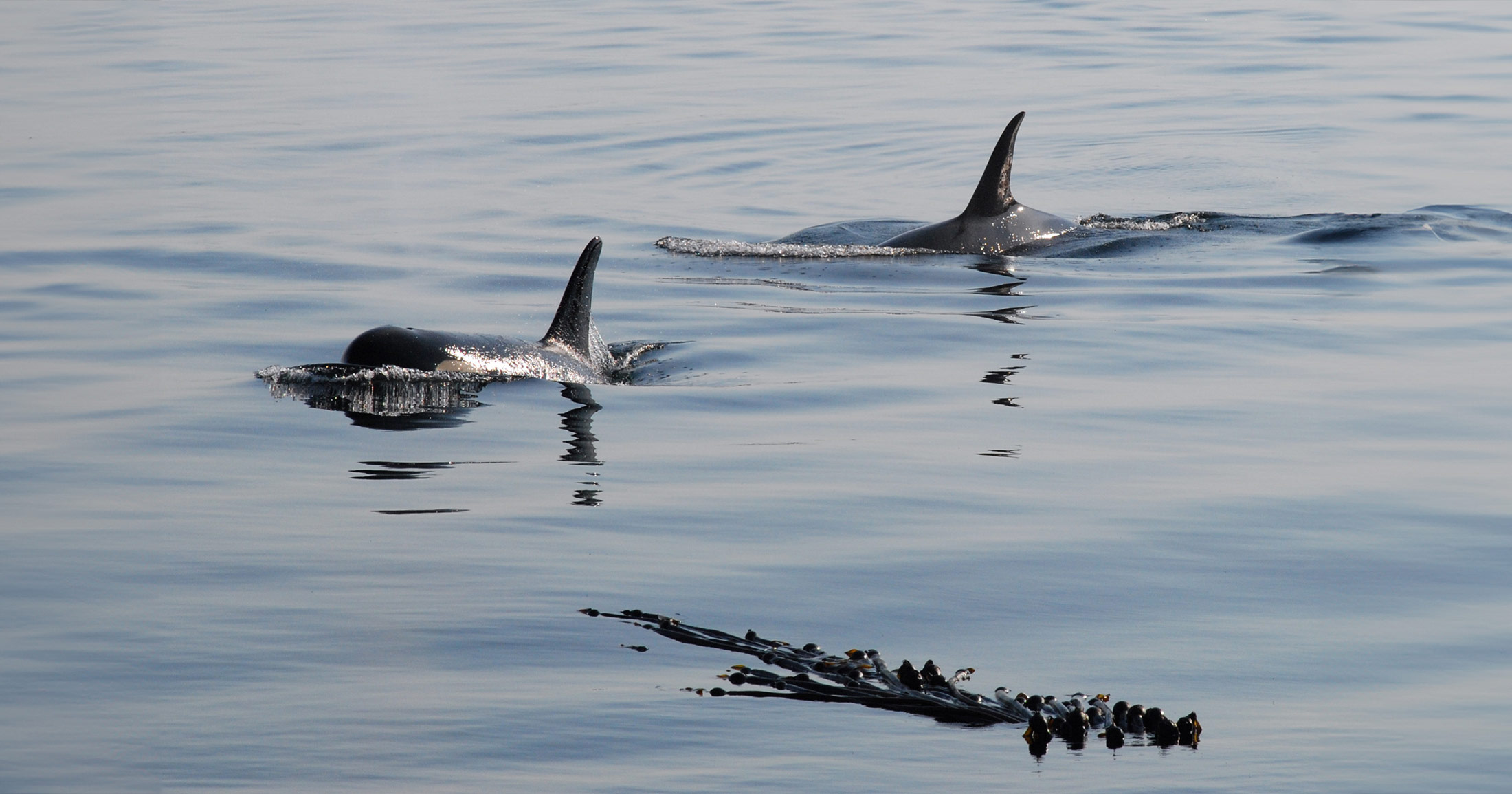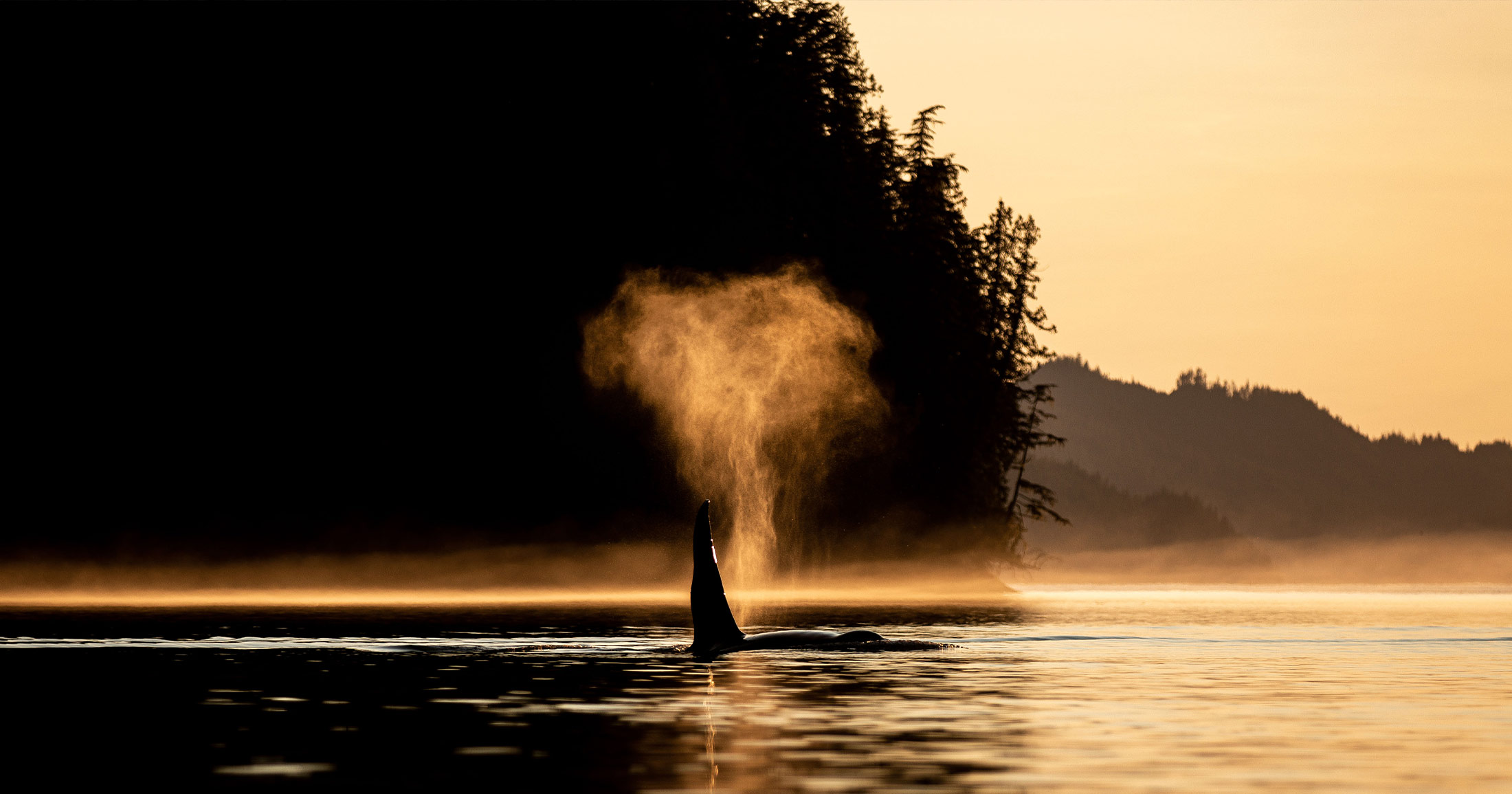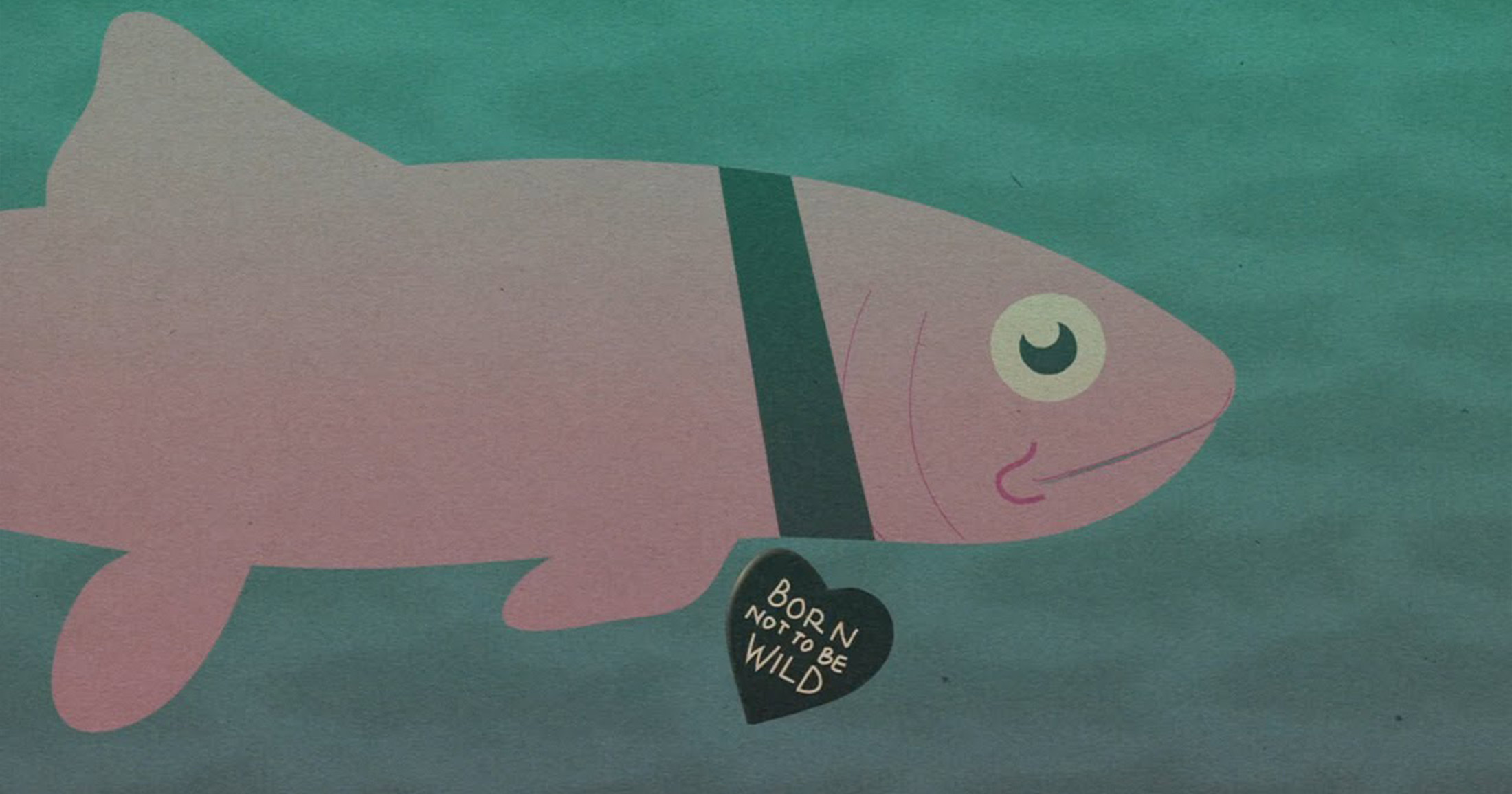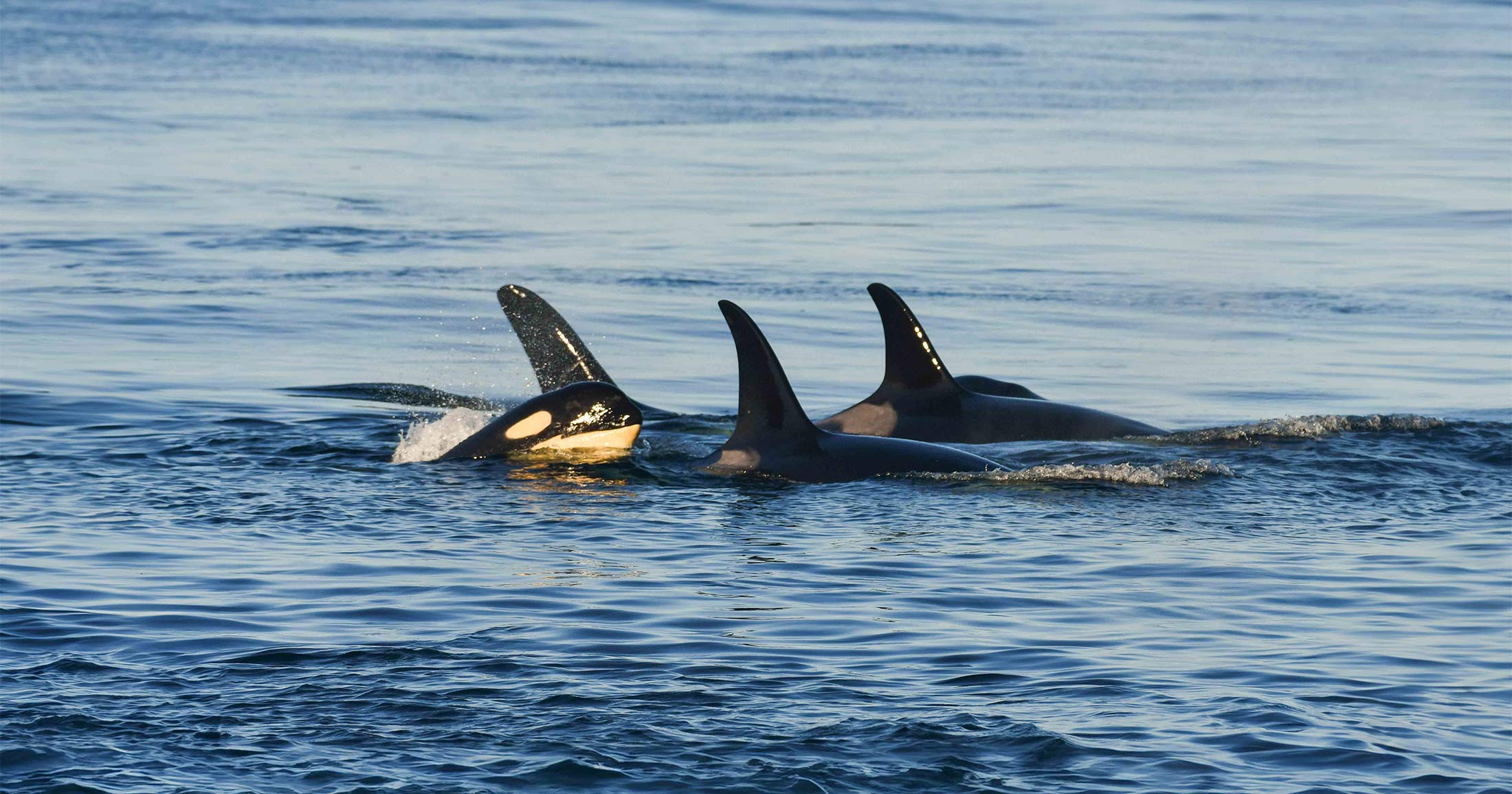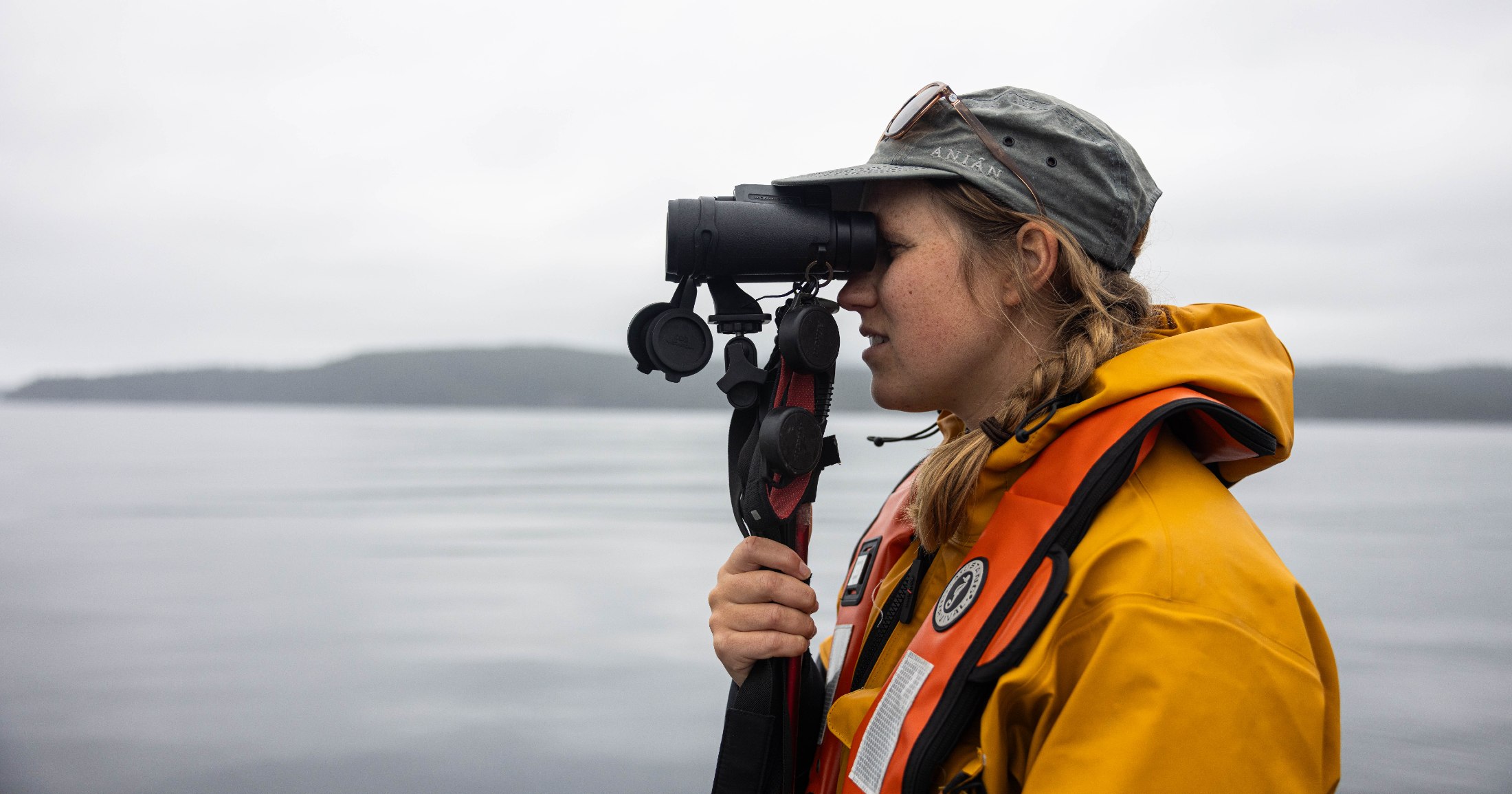Research: Trophy hunters pay more to target larger-bodied carnivores
Human hunting behaviour is different from other animals. Costly signalling theory (CST) might help us understand trophy hunting.
The behaviour of human hunters diverges from other animals. Other predators tend to target vulnerable individuals in prey populations. Human animals, often males, tend to hunt large, reproductive-aged individuals. In the case of guided trophy hunting there are costs, like failure risk, risk of injury, and lower nutritional returns.
The behaviour of human hunters diverges from other animals. Other predators tend to target vulnerable individuals in prey populations. Humans, often males, tend to hunt large, reproductive-aged individuals. In the case of guided trophy hunting these species are likely perceived as costly, by increasing failure risk and risk of injury, and providing lower nutritional returns.
New research suggests that trophy hunters are willing to pay more money for larger-bodied carnivores.
Research from the Raincoast Conservation Lab at the University of Victoria suggests that guided hunters pay more to kill larger carnivores, reflecting a desire that likely evolved because large carnivores serve as impressive trophies to signal the abilities of hunters. However, these days killing large carnivores could act to deceive audiences, due to guides and efficient weaponry eliminating pronounced risks.
These findings by Ilona Mihalik, Andrew Bateman, and Chris Darimont, published in the journal Royal Society Open Science, offer new insight into hunter motivation, behaviour, and wildlife management. The evidence that hunters are willing to pay more to target large carnivores could help explain why they are exploited at such high rates.
Given this focus on big-bodied carnivores, the authors suggest that conservation management strategies should consider the impact of trophy hunting on trophy species, especially given low population densities and low reproductive rates, as well as the status rewards associated with the hunting of large carnivores.1
Abstract
Hunters often target species that require resource investment disproportionate to associated nutritional rewards. Costly signalling theory provides a potential explanation, proposing that hunters target species that impose high costs (e.g. higher failure and injury risks, lower consumptive returns) because it signals an ability to absorb costly behaviour. If costly signalling is relevant to contemporary ‘big game’ hunters, we would expect hunters to pay higher prices to hunt taxa with higher perceived costs. Accordingly, we hypothesized that hunt prices would be higher for taxa that are larger-bodied, rarer, carnivorous, or described as dangerous or difficult to hunt. In a dataset on 721 guided hunts for 15 North American large mammals, prices listed online increased with body size in carnivores (from approximately $550 to $1800 USD/day across the observed range). This pattern suggests that elements of costly signals may persist among contemporary non-subsistence hunters. Persistence might simply relate to deception, given that signal honesty and fitness benefits are unlikely in such different conditions compared with ancestral environments in which hunting behaviour evolved. If larger-bodied carnivores are generally more desirable to hunters, then conservation and management strategies should consider not only the ecology of the hunted but also the motivations of hunters.
Citation
Mihalik Ilona, Bateman Andrew W., Darimont Chris T., Trophy hunters pay more to target larger-bodied carnivores. 6. R. Soc. open sci. https://doi.org/10.1098/rsos.191231
Select figures
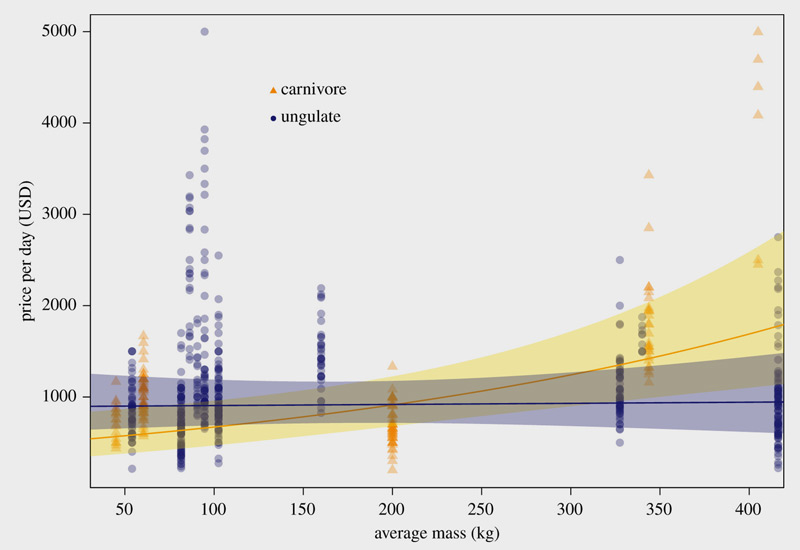
Affiliations
Department of Geography, University of Victoria, Victoria, British Columbia, Canada
Raincoast Conservation Foundation, Sidney, British Columbia, Canada
- Gratitude to Eric Sambol for his support and photography. ↩
Support our mobile lab, Tracker!
Our new mobile lab will enable the Healthy Waters Program to deliver capacity, learning, and training to watershed-based communities. We need your support to convert the vehicle and equip it with lab instrumentation. This will allow us to deliver insight into pollutants of concern in local watersheds, and contribute to solution-oriented practices that protect and restore fish habitat.

